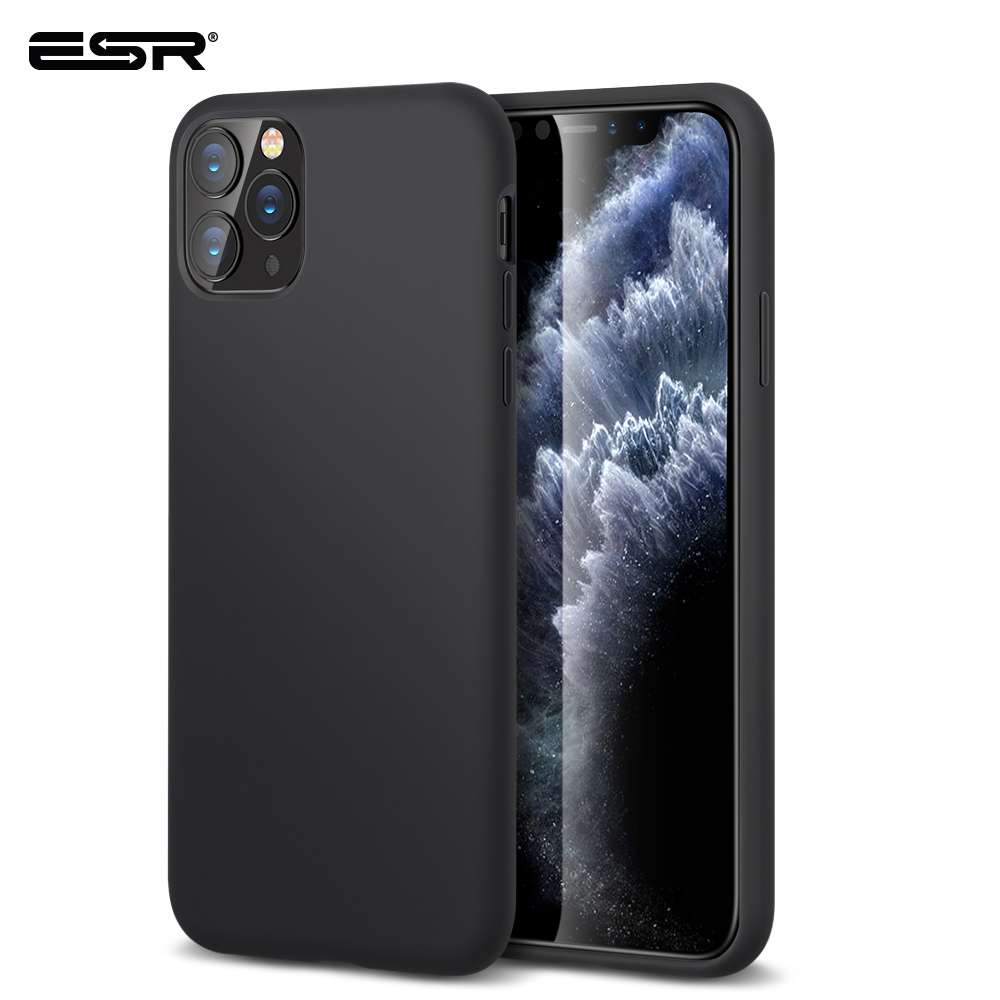
Ĭertain aspects of the system's design were influenced by Atari's arcade video game Breakout (1976), which was designed by Wozniak, who said: "A lot of features of the Apple II went in because I had designed Breakout for Atari.

APPLE COLOR LAPTOP SOFTWARE
Perhaps most significantly, the Apple II was a catalyst for personal computers across many industries it opened the doors to software marketed at consumers. To reflect the computer's color graphics capability, the Apple logo on the casing had rainbow stripes, which remained a part of Apple's corporate logo until early 1998. The original retail price of the computer with 4 KiB of RAM was US$1,298 (equivalent to $5,804 in 2021) and US$2,638 (equivalent to $11,796 in 2021) with the maximum 48 KB of RAM. The video controller displayed 24 lines by 40 columns of monochrome, uppercase-only text on the screen (the original character set matches ASCII characters 20 h to 5F h), with NTSC composite video output suitable for display on a TV monitor or on a regular TV set (by way of a separate RF modulator). The first computers went on sale on J with an MOS Technology 6502 microprocessor running at 1.022 MHz ( 2⁄ 7 of the NTSC color carrier), two game paddles (bundled until 1980, when they were found to violate FCC regulations), 4 KiB of RAM, an audio cassette interface for loading programs and storing data, and the Integer BASIC programming language built into ROMs. The earliest Apple II computers were assembled in Silicon Valley and later in Texas printed circuit boards were manufactured in Ireland and Singapore.

10 Third-party devices and applicationsīy 1976, Steve Jobs had convinced product designer Jerry Manock (who had formerly worked at Hewlett Packard designing calculators) to create the "shell" for the Apple II-a smooth case inspired by kitchen appliances that concealed the internal mechanics.
APPLE COLOR LAPTOP SERIAL
Parallel port card (Apple and third party) Serial port card (Apple and third party) SCSI

Apple II in a common 1977 configuration, with a 9" monochrome monitor, game paddles, and a Red Book-recommended Panasonic RQ-309DS cassette deckĤ, 8, 12, 16, 20, 24, 32, 36, 48, or 64 KiBġ-bit cassette input (built-in microphone jack)ġ-bit cassette output (built-in headphone jack)


 0 kommentar(er)
0 kommentar(er)
